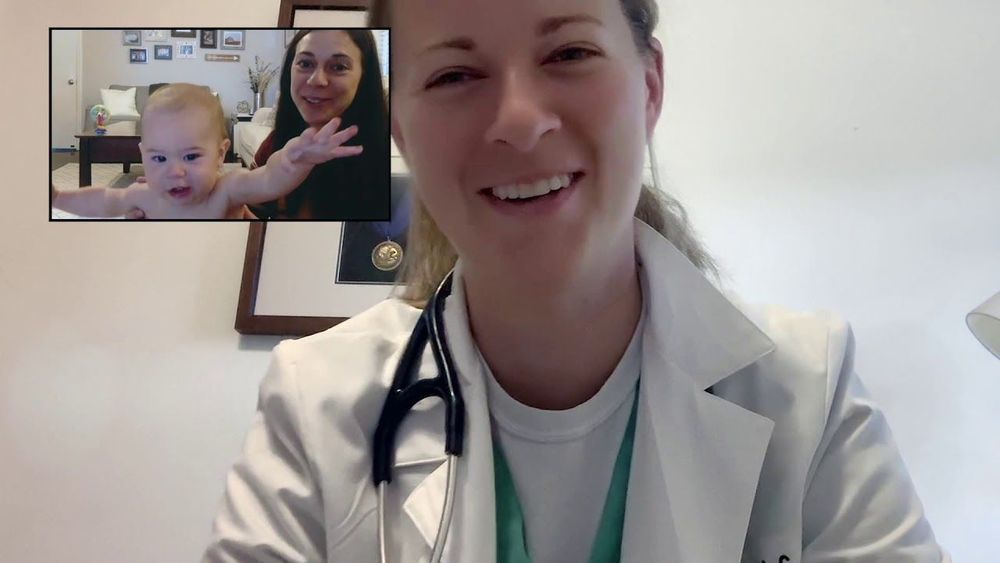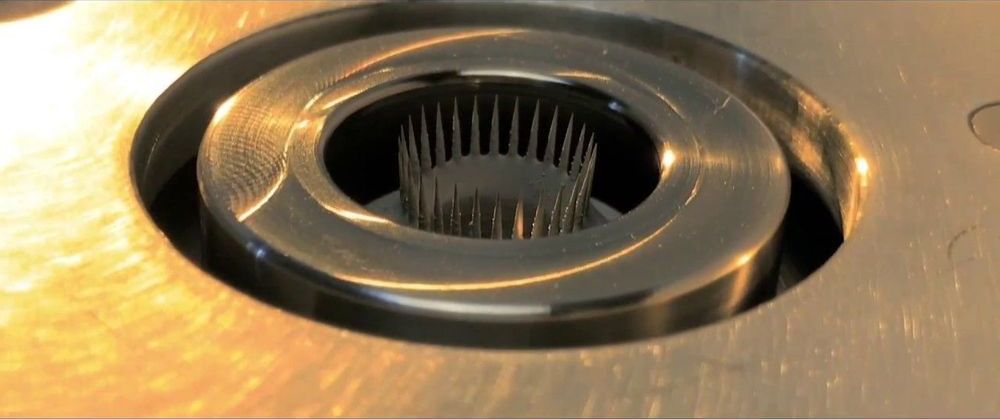There’s nothing small about the impact small businesses have on local communities. They turn towns into hometowns and strangers into neighbors.
And right now, they need our support.

There’s nothing small about the impact small businesses have on local communities. They turn towns into hometowns and strangers into neighbors.
And right now, they need our support.
UK experts say the low-dose steroid treatment is a major breakthrough in the fight against the deadly virus.
It cut the risk of death by a third for patients on ventilators. For those on oxygen, it cut deaths by a fifth.
The drug is part of the world’s biggest trial testing existing treatments to see if they also work for coronavirus.
Continue reading “Coronavirus: Dexamethasone proves first life-saving drug” »
Now, the same researchers have achieved their goal of entanglement-based quantum cryptography using the Micius satellite. The scientists, who detailed their findings online in the 15 June edition of the journal Nature, say they again connected two observatories separated by 1,120 kilometers. But this time, the collection efficiency of the links was improved by up to four-fold, which resulted in data rates of about 0.12 bits per second.
A space-based, virtually unhackable quantum Internet may be one step closer to reality due to satellite experiments that linked ground stations more than 1,000 kilometers apart, a new study finds.
Quantum physics makes a strange effect known as entanglement possible. Essentially, two or more particles such as photons that get linked or “entangled” can influence each other simultaneously no matter how far apart they are.
Continue reading “Quantum Satellite Links Extend More Than 1,000 Kilometers” »
Scientists at the National Institute of Standards and Technology (NIST) and the Massachusetts Institute of Technology (MIT) have demonstrated a potentially new way to make switches inside a computer’s processing chips, enabling them to use less energy and radiate less heat.
The team has developed a practical technique for controlling magnons, which are essentially waves that travel through magnetic materials and can carry information. To use magnons for information processing requires a switching mechanism that can control the transmission of a magnon signal through the device.
While other labs have created systems that carry and control magnons, the team’s approach brings two important firsts: Its elements can be built on silicon rather than exotic and expensive substrates, as other approaches have demanded. It also operates efficiently at room temperature, rather than requiring refrigeration. For these and other reasons, this new approach might be more readily employed by computer manufacturers.

Its performance is equally microscopic, only generating anywhere between 10 to 400 micronewtons — a tiny fraction of the power of a toy rocket.
But in space, even that low amount of power can allow satellites to hold their positions, and even gradually deorbit to make sure they’re out of harm’s way and don’t become space debris.
Continue reading “This Mini Ion Thruster Is Adorably Tiny” »
NASA is planning to bring Martian samples back to Earth — and they’re looking for someone to lead the mission.
The Mars Sample Return (MSR) program, set to take place over the next decade, aims to collect samples of Martian rock, soil, and atmosphere for analysis and testing on Earth.
NASA has previously sent several rovers to Mars, but no program or robot has ever been able to bring back samples, which could give researchers new insights into the Red Planet.
A similar glow is sometimes seen by astronauts on the space station when they look to the Earth’s limb.
The glow comes from oxygen atoms when they’re excited by sunlight.
The phenomenon has long been predicted to occur on other planets, but the Trace Gas Orbiter (TGO) — a joint European-Russian satellite at Mars — is the first to make the observation beyond Earth.
